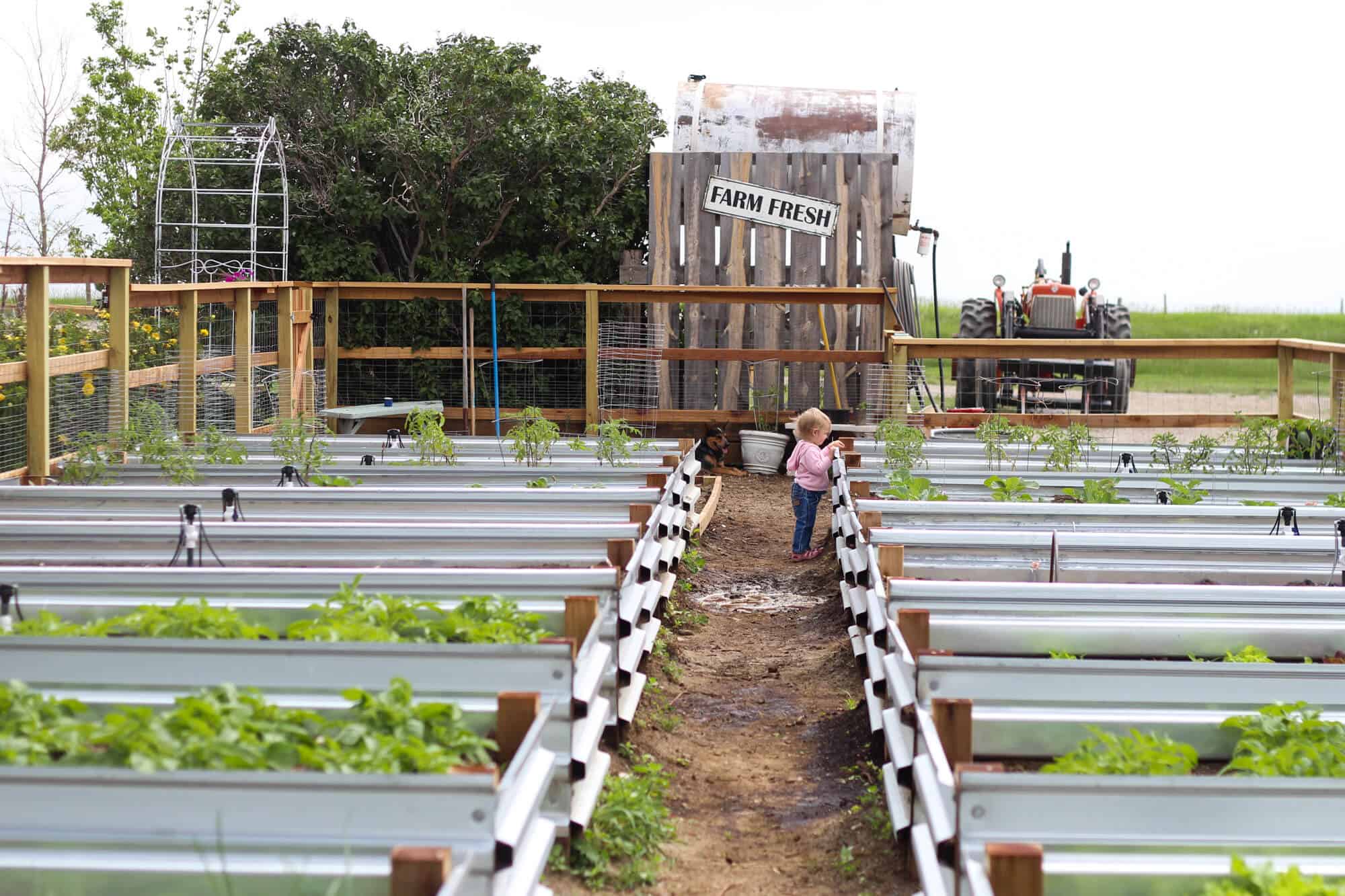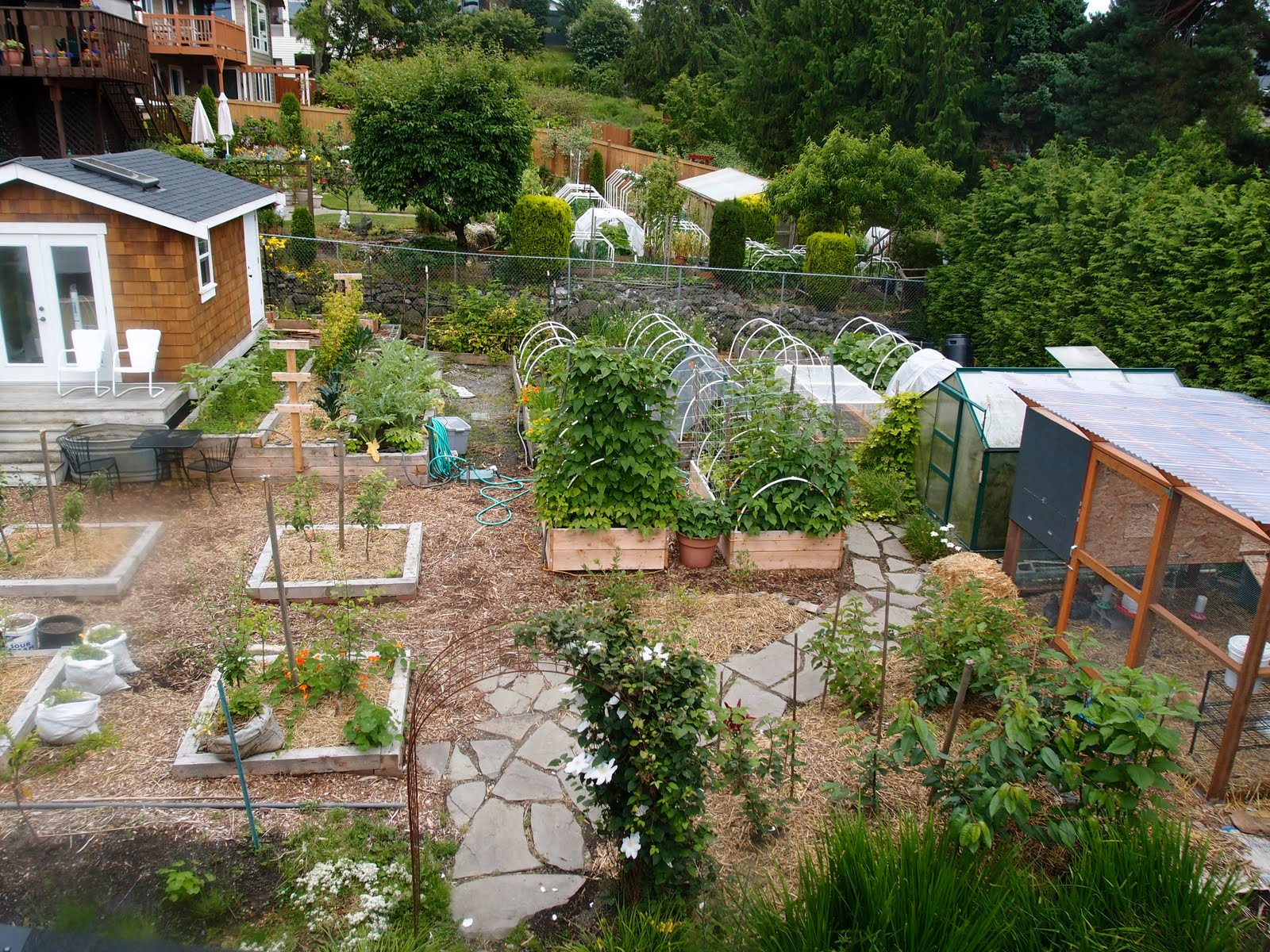Uncover the Keys to Creating a Efficient and gorgeous Gardening Space
Producing a efficient and lovely gardening space is not just a matter of planting vegetables and blossoms; it needs a tactical technique that includes numerous essential components. From choosing the right area based on sunshine and dirt type to attentively designing your layout and picking appropriate plants, each choice plays a critical duty in the success of your yard.
Selecting the Right Place
Selecting the optimal place for your garden is crucial to its success and overall aesthetic allure. The very first step in this procedure includes assessing sunlight direct exposure, as many plants need a minimum of six hours of direct sunshine daily (Homestead Gardening). A south-facing garden normally gets one of the most light, while shaded locations can hinder development and blooming
Additionally, take into consideration soil high quality and water drainage. Well-draining soil is important to avoid waterlogged origins, which can result in plant conditions. Conducting a soil examination can offer valuable information pertaining to pH levels and vitamins and mineral content, allowing you to change the soil appropriately.
Additionally, proximity to water sources is another factor to weigh - Homestead Gardening. Having very easy access to a hose or watering system can simplify the watering process and urge consistent plant treatment. Wind defense is additionally essential; positioning your garden near structures, such as fencings or wall surfaces, can shield it from rough winds that might harm fragile plants
Lastly, think about accessibility for upkeep and harvesting. A well-placed yard permits for practical gain access to, making certain that you can conveniently often tend to your plants without triggering excessive anxiety or disturbance. Thoughtful area option lays the structure for a flourishing yard.
Picking Plants Sensibly
When choosing plants for your garden, it's vital to consider factors such as environment, dirt conditions, and personal preferences to make sure a productive and unified room. An extensive understanding of your local environment will certainly guide you in choosing plants that thrive in your particular setting. For instance, picking drought-resistant varieties is helpful in deserts, while moisture-loving types may be better for areas with high rains.
Dirt conditions are similarly critical; carrying out a dirt examination can expose pH levels and vitamins and mineral web content, allowing you to choose plants that will prosper. Indigenous plants are usually an exceptional selection, as they are generally well-adapted to regional dirt types and require less maintenance.
Additionally, consider your horticulture objectives. Are you going for a decorative display screen, a veggie yard, or probably a mix of both? This will certainly affect your options substantially. Last but not least, assess your individual preferences-- picking plants that resonate with your visual tastes will certainly boost your pleasure and commitment to maintaining your garden. By meticulously reviewing these factors, you can produce a diverse and thriving plant choice that raises your gardening experience.
Designing Your Garden Design
With a thoughtfully picked plant choice in hand, the next step is to produce a garden design that maximizes both beauty and functionality. Begin by evaluating the available room, taking into consideration elements such as sunshine, wind, and shade patterns. A well-planned design must include various zones, consisting of areas for growing, paths, and possibly seating.
Start with larger plants or prime focus, such as trees or tall perennials, placed tactically to develop this contact form visual interest. Layer smaller sized plants ahead to boost deepness and texture. Think about the growth behaviors of your selected plants; taller ranges must be placed at the back or facility of beds, while much shorter ones can line the sides.
Integrating pathways not only helps with gain access to for maintenance but also invites expedition. Usage materials that complement the garden's total visual, whether gravel, rock, or timber chips.
Furthermore, consider seasonal changes and how your layout will look throughout the year. Including evergreens together with seasonal flowers can ensure year-round beauty. Ultimately, a properly designed garden design balances the natural elegance of plants with functional factors to consider, resulting in a room that is both inviting and effective.
Enhancing Soil Wellness

To improve dirt wellness, begin by carrying out a dirt examination to evaluate pH degrees, vitamins and mineral material, and dirt structure. Include organic matter such as compost, well-rotted manure, or fallen leave mold and mildew to boost dirt framework, water retention, and microbial task.
Mulching is an additional efficient method; it not just preserves dampness however additionally suppresses weeds and slowly improves the dirt as it damages down. Avoiding excessive tillage is crucial, as it can disrupt dirt structure and harm helpful microorganisms. Instead, embrace no-till or very little tillage methods to preserve dirt integrity.

Maintaining Your Garden Successfully
A properly maintained yard gives pride and performance, calling for regular focus to make certain that plants prosper and the landscape stays inviting. Efficient garden upkeep entails a number of crucial practices that improve the health and wellness of your plants and the general visual of your room.
Routine watering is vital; however, it is important to customize your watering schedule based upon the certain demands Home Page of your plants and regional climate conditions. Mulching can assist maintain wetness, reduce weeds, and manage dirt temperature level. Moreover, timely weeding avoids competition for nutrients and resources, ensuring that your plants thrive.
Trimming is another vital job. It encourages healthy and balanced development, gets rid of infected or dead branches, and shapes plants to preserve an attractive framework. Furthermore, keeping an eye on for diseases and pests is important; early detection and treatment can conserve your plants from substantial damage.
Fertilizing should be carried out attentively, making use of natural alternatives whenever feasible to promote long-lasting dirt health. Seasonal tasks such as planting, separating perennials, and preparing for winter months will certainly ensure your yard remains lively year-round. By complying with these techniques faithfully, you can grow a garden that is both productive and attractive.
Verdict
Choosing a suitable location with ample sunlight, selecting suitable plants, designing a visually pleasing layout, boosting soil wellness, and guaranteeing regular find upkeep are necessary parts. By integrating these practices, one can cultivate a growing garden that not only enhances the landscape however likewise advertises ecological balance and sustainability.
From choosing the right location based on sunlight and dirt kind to attentively creating your design and choosing ideal plants, each decision plays a critical duty in the success of your yard. Well-draining dirt is essential to prevent waterlogged roots, which can lead to plant conditions.When selecting plants for your yard, it's crucial to consider elements such as climate, soil problems, and individual choices to guarantee a unified and productive room. Ultimately, a properly designed garden layout harmonizes the natural charm of plants with sensible factors to consider, resulting in a room that is both welcoming and efficient.
